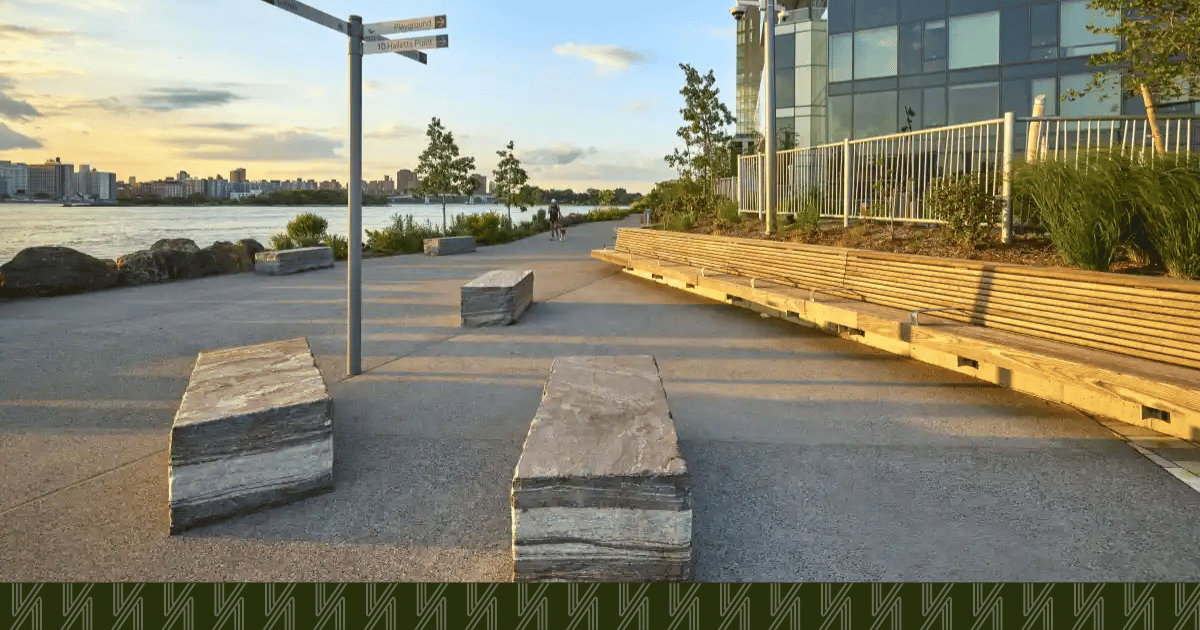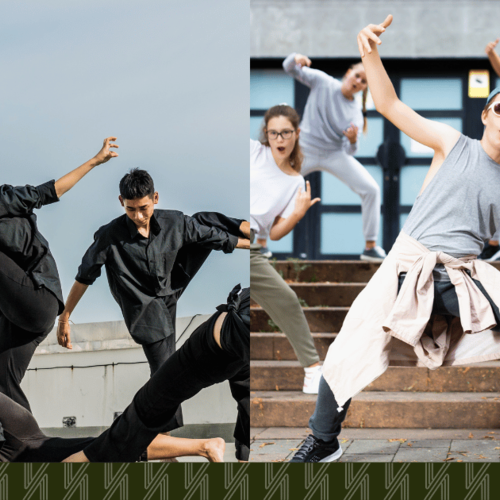If you’ve heard neighbors buzzing about Halletts Point esplanade, you’re not imagining it. Astoria just got a gorgeous new stretch of public waterfront, and it changes the way we live here. As a local and a broker who helps families plant roots across Queens, I’m thrilled to see the shoreline open up to everyone again: more space to walk, breathe, gather, and soak in that skyline we never get tired of.
What Opened and Why It Matters
The esplanade is the centerpiece of the new Halletts Point development. It features:
Playground and picnic areas for families
Seating for over 500 people with benches, lounge chairs, and shaded spots
Pathways with skyline views of Manhattan
Native plants and trees designed to thrive along the waterfront
Think of it as a neighborhood living room on the water: a place for sunrise coffee, stroller walks, impromptu picnics, and after-dinner laps with the dog. In simpler terms, this is Astoria getting its river back.
Designed by the landscape architects at Starr Whitehouse, the esplanade measures roughly 58,000 square feet—about 2.5 acres—woven with native plantings, winding paths, and plenty of places to sit and stay a while. It’s meant to be used year-round, not just on picture-perfect days, and it’s entirely public. You don’t need to live in the buildings to enjoy it.
The area has always had a lively mix of parks and waterfront spots, but much of the shoreline has been inaccessible for decades. This esplanade:
Reconnects residents to the river from 27th Avenue up to Whitey Ford Field
Creates more outdoor space in a dense neighborhood
Adds value to nearby housing, whether you rent in the new towers, live in a co-op a few blocks away, or own a single-family home in Old Astoria
Outdoor amenities like this also shape buyer interest. In Queens, proximity to green and waterfront spaces often boosts quality of life and long-term value.
The Experience: What You’ll Find When You Go
There's more to this than a straightforward view of the pavement beside the water. The path zig-zags the edge of the peninsula and reveals new views at every turn—straight across to Manhattan and down the river toward the bridges. Along the way, you’ll find a mix of seating: benches, granite blocks, chaise lounges, picnic tables, and movable chairs. Altogether, there are more than 1,100 linear feet of seating—room for roughly 550 people without feeling crowded. It sounds like a spec sheet, but in real life, it translates to this: you’ll almost always find a spot.
Families will appreciate the nautically inspired playground tucked from the wind by the adjacent buildings, plus a flexible lawn that just begs for picnic blankets and toddler sprints. The plant palette is intentional, too: 70+ trees (from sweet bay magnolia to bald cypress) and dozens of native and adaptive species create year-round color and attract pollinators, another reason the space feels alive even on a quiet weekday.
Because this is Astoria, the plan goes beyond weekends in August. Nearly 8,000 square feet of ground-floor retail is slated to open along the edge, aiming to keep the riverfront active with neighborhood-friendly shops and cafes as the seasons change.
How to Get There (Without a Car)
Bus: The Q102 stops nearby and is your most direct bus link across the neighborhood. Check the current timetable before you head out.
Ferry: The NYC Ferry Astoria landing at Hallett's Cove is a short walk away and a beautiful way to arrive on a sunny afternoon.
Pro tip from a guy who’s constantly crisscrossing Queens: pair your visit with a stop at Astoria Park or a bite along 30th Avenue and you’ve got the perfect little local day.
What This Means for the Neighborhood (And Why a Broker Cares)
Waterfront access isn’t window dressing; it’s quality of life. I see it every week in conversations with buyers and sellers. A public esplanade like this:
Expands daily routines. Morning runs, stroller walks, homework on a bench, golden-hour photos with visiting family—these become easy habits when the river is right there.
Strengthens community. You’ll see Astoria Houses neighbors, longtime homeowners, and new residents sharing the same path. Reconnected shorelines bring people together in simple, healthy ways.
Stabilizes value. Parks and waterfront access are long-term value anchors. They make blocks more livable and—yes—more desirable when it’s time to sell.
And there’s a practical connection too: the esplanade helps link this corner of the peninsula north toward Whitey Ford Field and ties into the broader vision for an accessible Queens waterfront. It’s a step forward that you can feel under your feet.
A Personal Note
I’ve spent decades helping people decide where in Queens to call home. The question behind every showing is the same: “What will our daily life feel like here?” The Halletts Point Esplanade is a great answer. It turns a once-closed shoreline into a shared backyard. It gives kids a safe place to play, offers older neighbors a bench with a view, and gives all of us the simple pleasure of walking along the water without leaving our borough.
If you’re curious how this fits into your own home search, or if you’re thinking about selling and want to talk about timing, value, and neighborhood momentum, reach out. I live this, I love this, and I’d be honored to help you map your next step in Queens.
Photo Credit: Jeremy Frechette / The Durst Organization
Details like hours, programming, and retail tenants can evolve. Always check official pages or posted signs before you go.


